Research Unpacking
How different tools can help to distill large amounts of research data.
Intro
Often in large scale research projects, the thought of having to sift through all of your possibly hours of interview materials in order to extract some useful insights and opportunities can seem daunting. While this process may seem daunting, it is integral to the human centred design process and it is the stage of the project where we can clearly lay out the users’ needs and wants.The following outlines my preferred process and the tools that I like to make use of when trying to distil large amounts of research data.
Extracting the Data
After conducting a series of interviews with potential users, my preferred method for extracting the meaningful points from the interviews is to sit down with a small team of 3 or 4 and then one by one we read out the transcribed interview or listen to the interview recording while the others quickly jot down on sticky notes interesting insights or quotes verbatim from the recording or transcribed interview.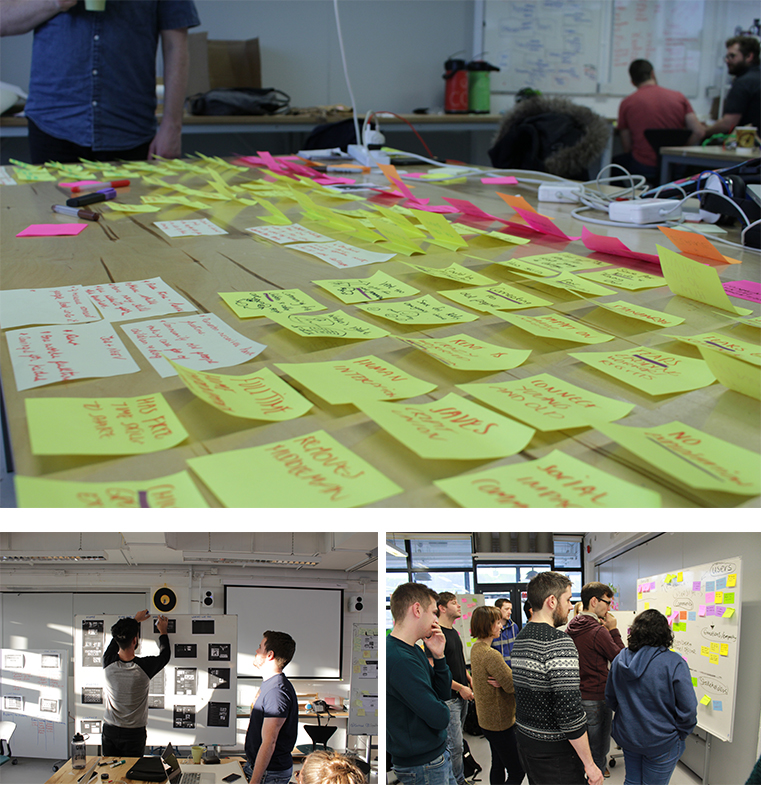
I think that having at least 2 or 3 people present during this process is vital because if you are reading over the transcript or listening back to the recording on your own it is likely that you are not going to pick up on everything, and that one thing you don’t pick up on could represent the best opportunity for innovation in the project.
Participant Boards
The next step in my process is to arrange all of the transcribed post-it notes back into participant boards. Participant boards are a visual way of mapping out what each user has said during the interview. At the top of each participants space should be a small bio about the person to give an idea of the demographic that the user falls into and when possible some sort of photo identification for each participant. The use of a visual reminder of an interview subject can help to speed up the process when looking back over the participant boards, as you will be able to remember exactly which interview was which and there could be some small details about the persons attitude or demeanour that you might remember from the interview that could help in the process.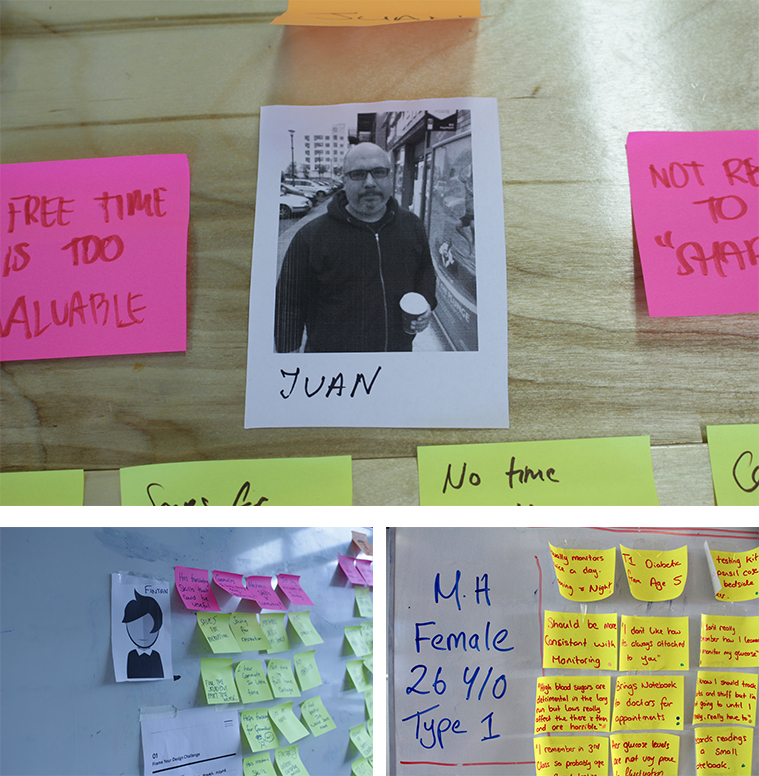
Saying this, photo identification on participant boards should only be used when the interview subject has given permission that a photo can be used.
Affinity Diagrams
After completing the participant boards, the next step in my process is to take a bunch of coloured markers or different coloured stickers and scan over the participant boards looking for common themes. When a theme has been identified I will assign a colour marker to that specific theme and then go through the rest of the participant boards looking for post-its and quotes that share a similar theme to that colour of marker. This can quickly give a visual representation of how common certain themes are and how uncommon others are.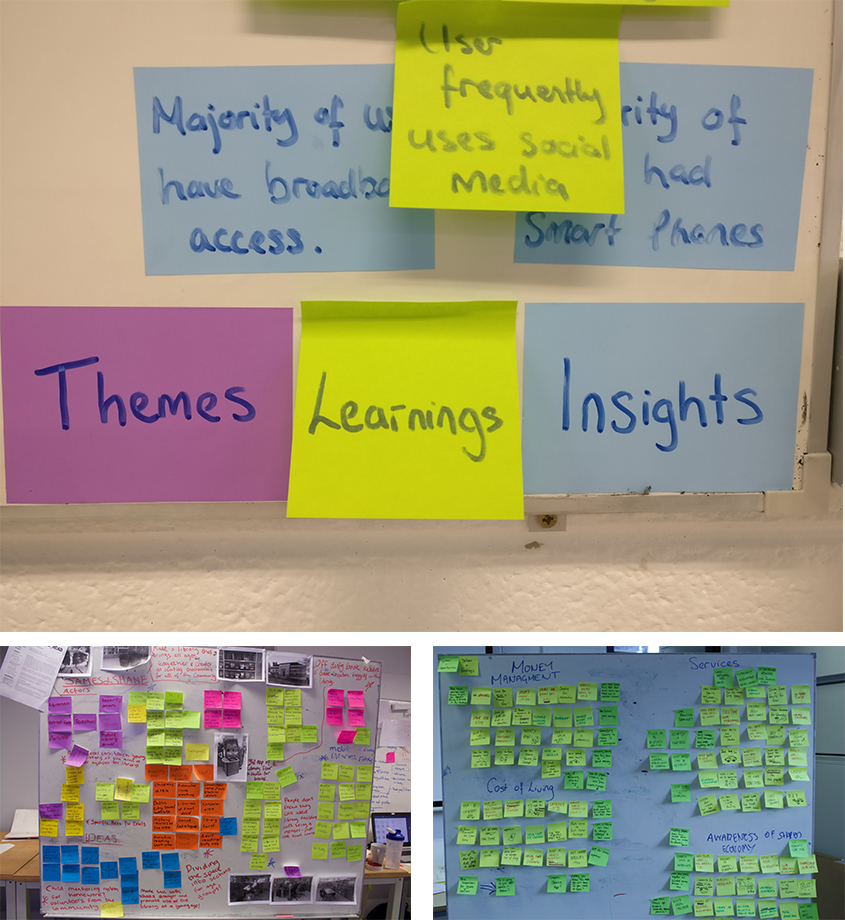
With the themes mapped out on the participant boards, my next step is to rearrange the participant board post-its into an affinity diagram. This diagram is usually arranged by having a certain theme on top, then underneath some quotes or insights that were generated in the participant boards that reflect this theme and then lastly a post-it note outlining a possible opportunity that can be initially seen arising from this theme and insight.
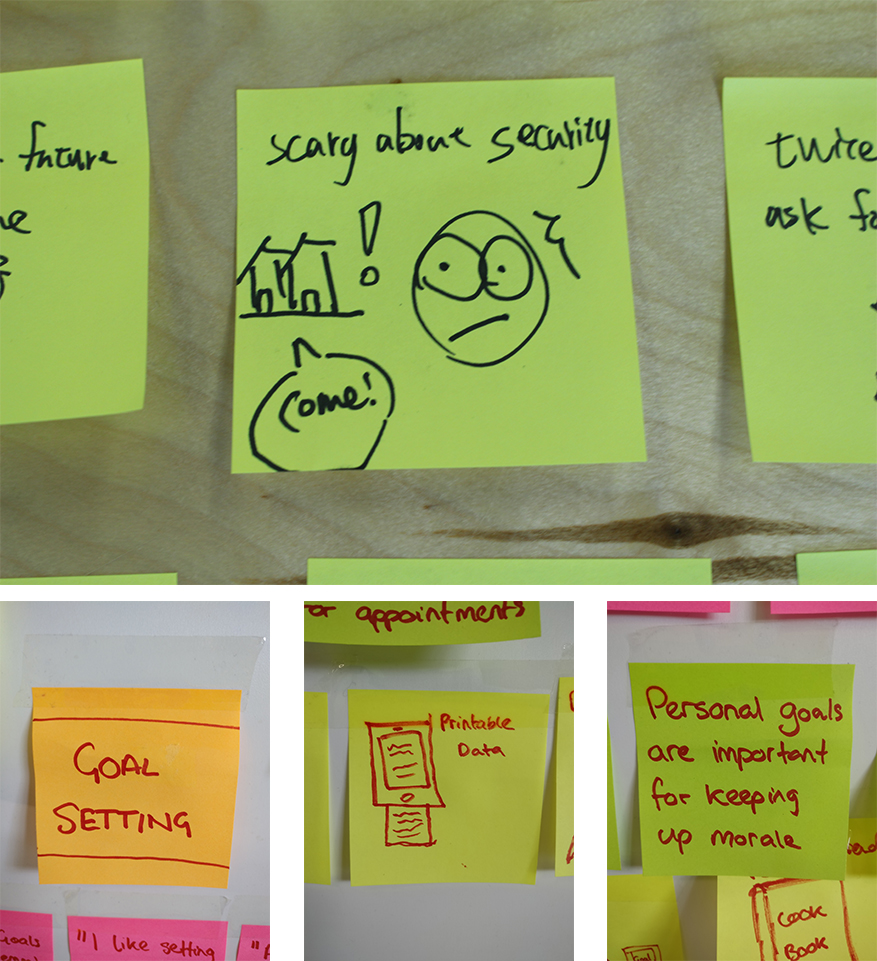
By jotting down or sketching these potential opportunities at the end I think it gives a good kick start to the ideation process and starts the transition from conducting research to generating concepts.
Personas and Empathy Maps
One of the last activities that I usually do before heading into ideation and concept generation is creating a series of personas and empathy maps. These personas should be drawing on content from both the participant boards and also the affinity diagram. The personas profile should reflect some of the participants that were interviewed during the research stage and their needs and concerns should reflect some of the common and prevailing themes that were generated in the affinity diagrams.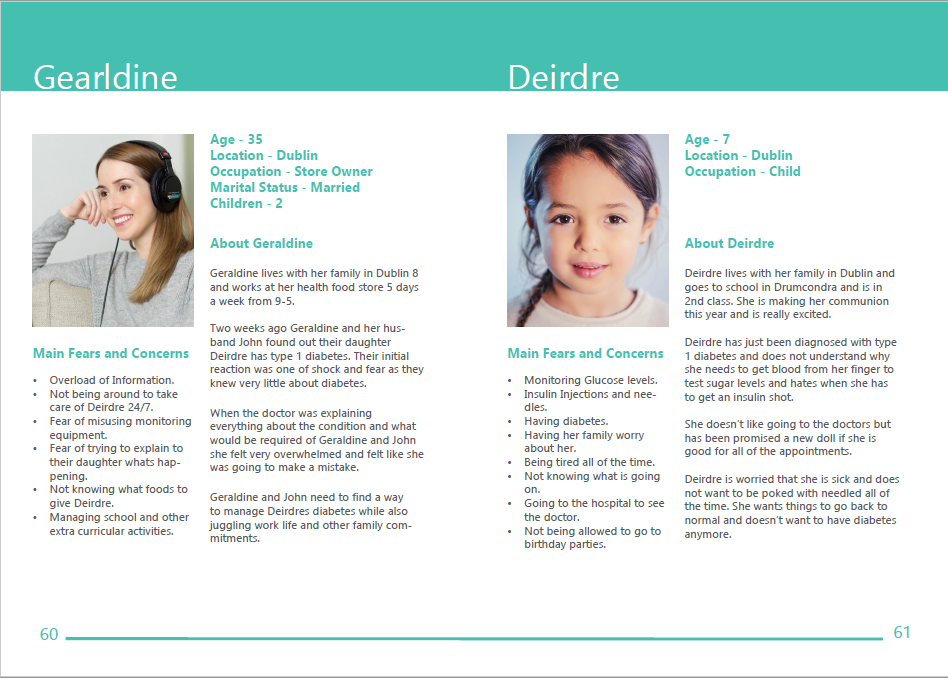
I find the generation of personas and empathy maps very useful as they are a kind of distillation of all of your research findings in a simple one pager that can be brought forward and checked back on at all further stages of your project. Your personas are reflections of all of the participants you have interviewed so if at any later stage in your project you look back at the personas you generated and ask “Does this concept work for them?”, the answer should reflect if the concept would work for a potential user.